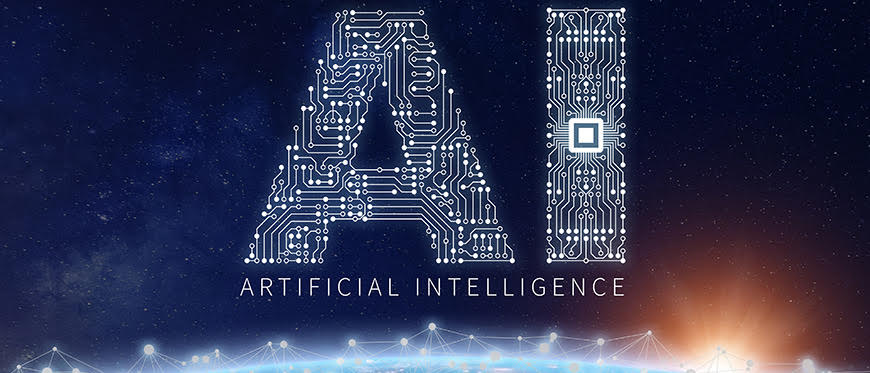Since the introduction of Vendor Managed Inventory (VMI) in the 1980s, it has rapidly evolved into a way to control costs, improve process and strengthen the vendor and customer relationship.
Given the impact that effective integration can have on the bottom line, and the rate at which the processes and technologies behind it are changing, every company with an interest in staying competitive needs to know what this approach can do for them today — and where it’s headed tomorrow.
Vendor Managed Inventory
By the late 1980s, Walmart challenged Proctor & Gamble (P&G) to come up with a better way to manage purchasing and inventory. The result was a shift away from traditional purchasing and reordering by the customer.
This first foray into VMI (originally dubbed “Continuous Replenishment Management”) delivered significant benefits. Walmart enjoyed reduced lead times, lower costs, fewer stockouts and lower on-hand inventory levels. P&G gained valuable new insights into customer demand, supply chain needs and its relationship with a crucial retailer (which led to additional shelf space and more favorable display positioning).
Jointly Managed Inventory
As this innovation in supply chain integration evolved from the 1980s into the 90s, success stories like the Walmart and P&G case drove rapid adoption. VMI quickly expanded outside the consumer sector, into manufacturing and industry. From electronics to food processing and beyond, manufacturers were discovering that they, too, could reduce costs (for personnel, storage and other factors of inventory management). Additionally, they found ways to ensure the availability of critical parts, ingredients or materials and minimize lead times, both from their suppliers and to their own customers.
This all depended, of course, on trust and communication. Before long, problems with both began to tarnish the image of VMI. There was a need for greater collaboration, transparency and even risk sharing, a need that began to evolve the concept of VMI to one of JMI, or Joint Managed Inventory.
Whereas the original approach arguably placed too much responsibility (and sometimes control) on the supplier side, the evolved concept sought to better share both the benefits and burdens of integrating inventory management. Individual customer and vendor relationships began to adapt, and industry groups put forward related guidelines, such as the Collaborative Planning, Forecasting and Replenishment standards (CPFR) developed by the Voluntary Interindustry Commerce Solutions Association.
Artificial Intelligence Managed Inventory
While many companies use VMI, others have embraced JMI – and some view the terms as interchangeable, given that the approach to inventory and replenishment must be customized for every case. Regardless of where a company now stands on the optimal process, or name, for its inventory management philosophy, it’s important to realize that the era of evolution for inventory management is ending — and it’s time to prepare for the coming revolution.
As in almost all other business arenas, Artificial Intelligence (AI) is the force driving revolutionary change. The Harvard Business Review (HBR) sees the transformation as being so dramatic that they’re proclaimed “The Death of Supply Chain Management” with a recent article. Fortunately, other business observers (even ones within HBR) shine a much more positive light on the revolution ahead, noting that AI is more likely to be a super-smart servant rather than a new master of the inventory realm.
Given the wealth of data, the speed of business and volume of supplies being managed- the need is clear — a capacity for real-time tracking, assessment, analysis and action is critical.
Humans, however, will still have a lead role in training, implementing and interpreting systems. In fact, that discouraging article in HBR was followed by another, more positive analysis declaring that “both machines and humans are essential: By collaborating in roles such as supply chain planning and inventory management, the combined power of humans and machines will create new sources of value for businesses.”
SOURCES
Kinaxis: VMI Distribution Planning for Food and Beverage Industry
NCSU: VMI: Three steps to making it work
Datalliance: Gartner Top 25
Datalliance: Is Vendor Managed Inventory Past Its Prime?
Harvard Business Review: The Death of Supply Chain Management
Harvard Business Review: New Supply Chain Jobs are Emerging as AI Takes Hold
InterIndustry Commerce Standards Association: CPFR Standards Voluntary
